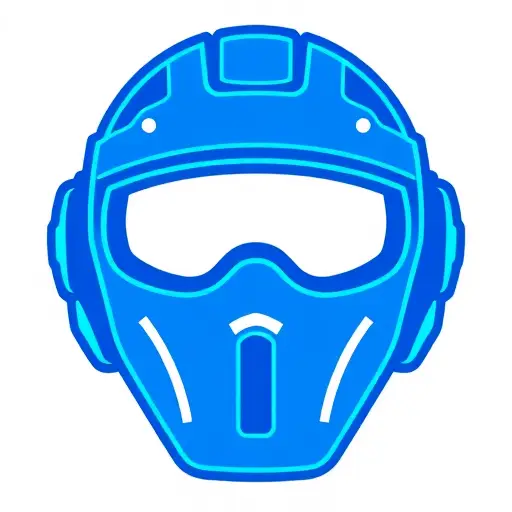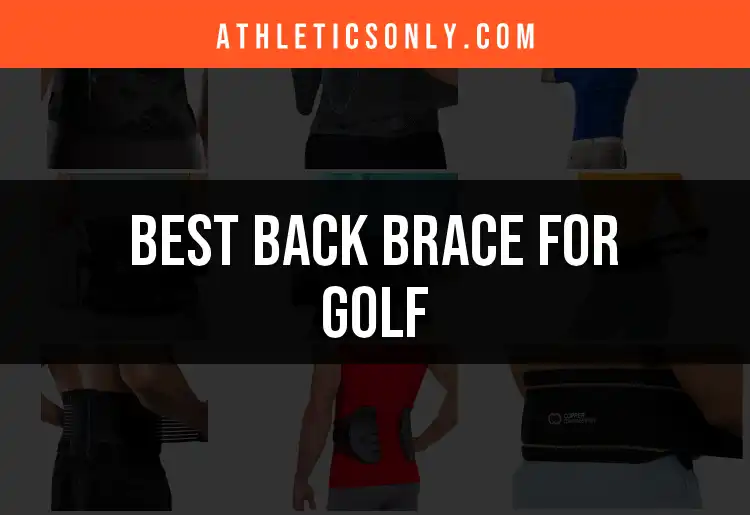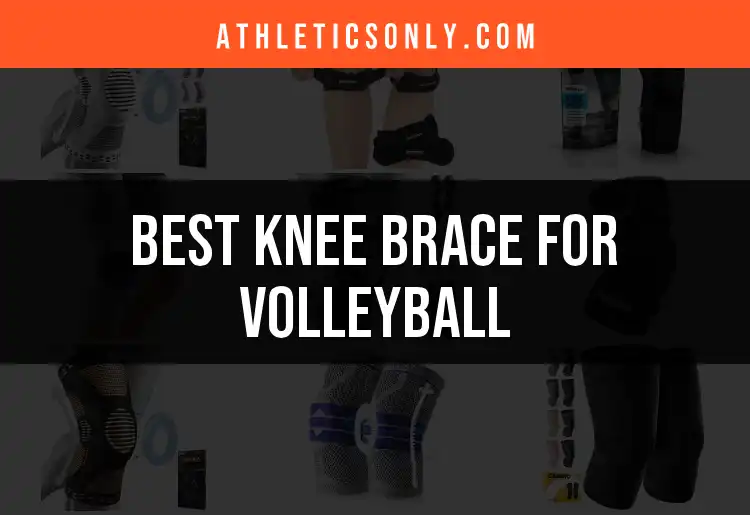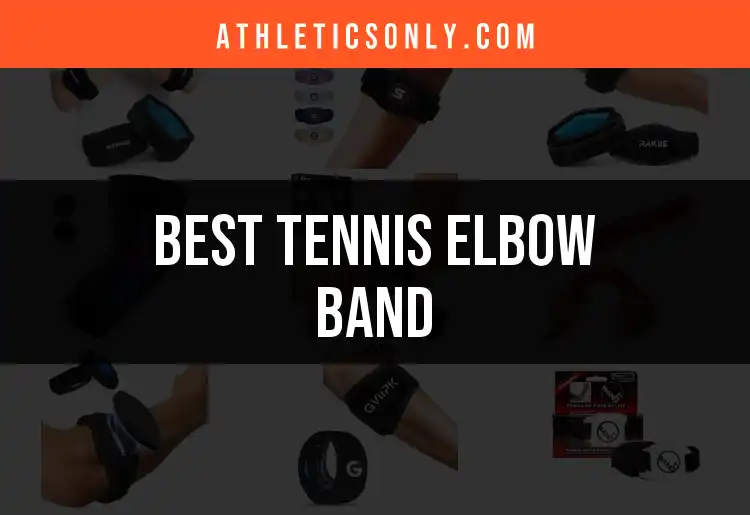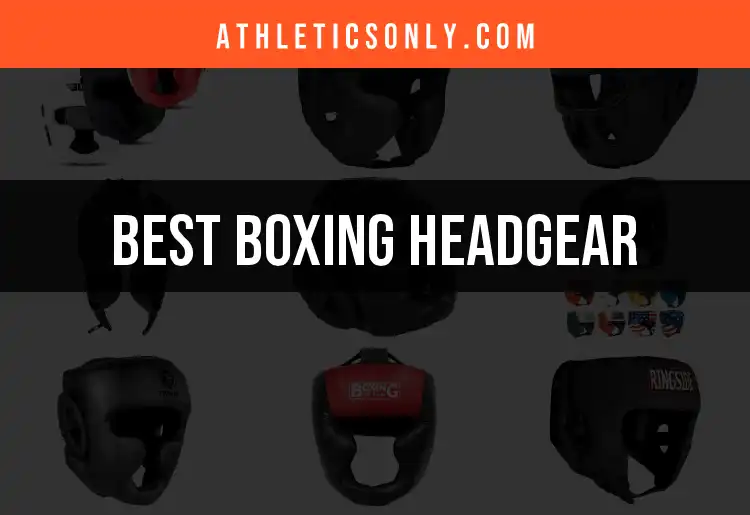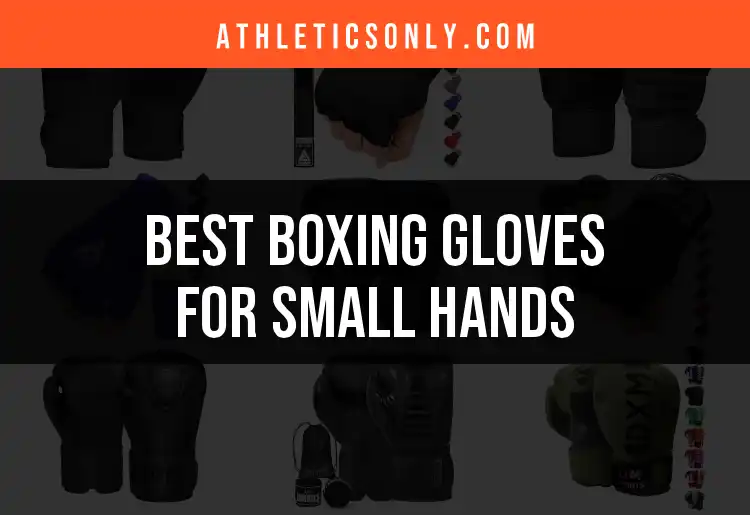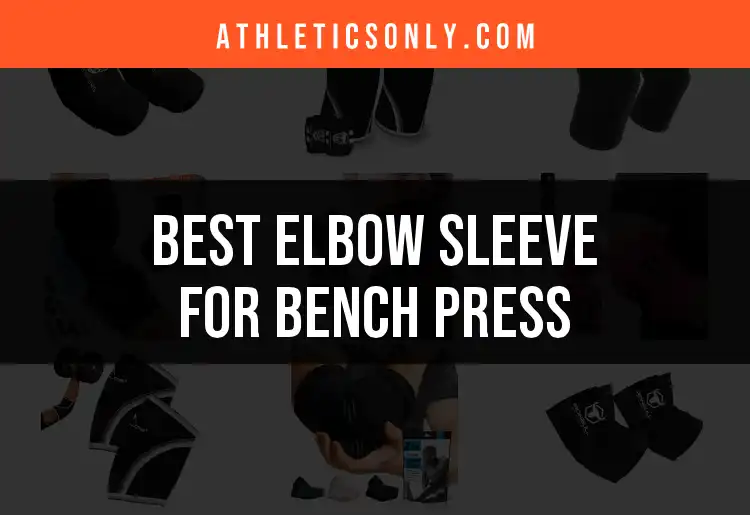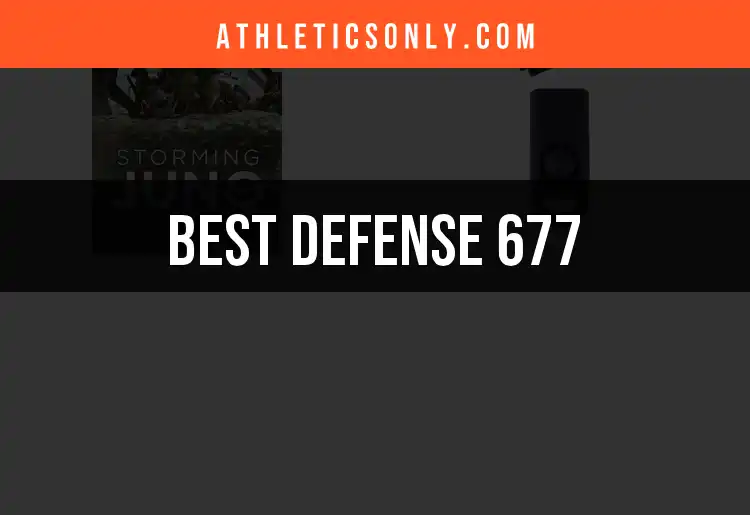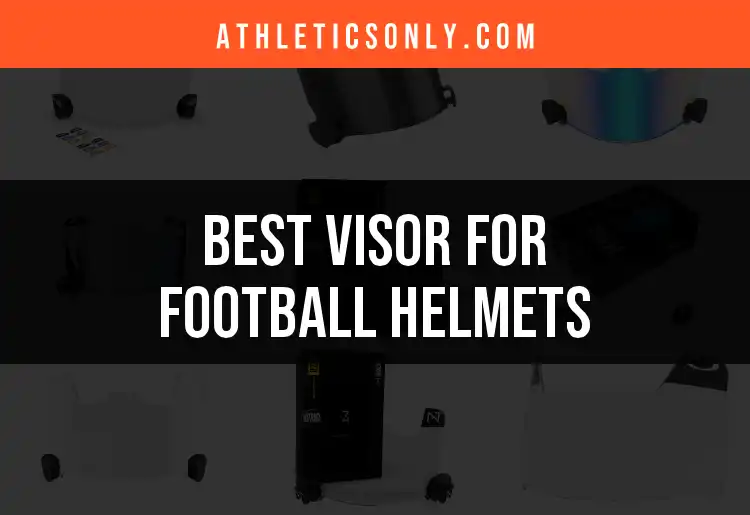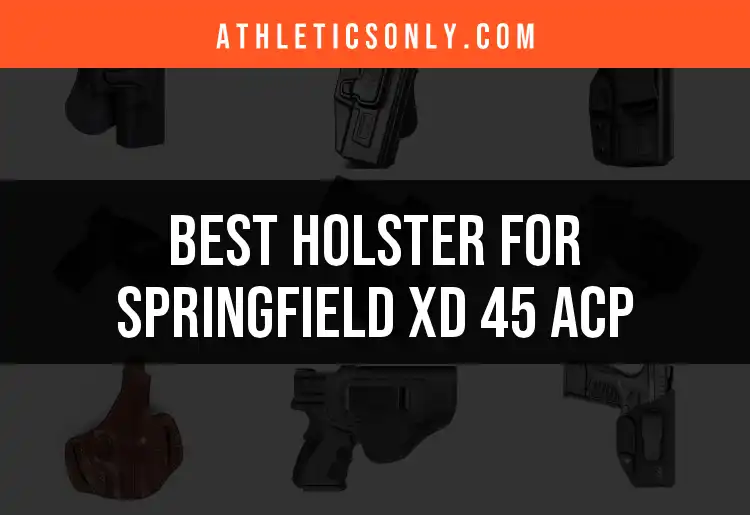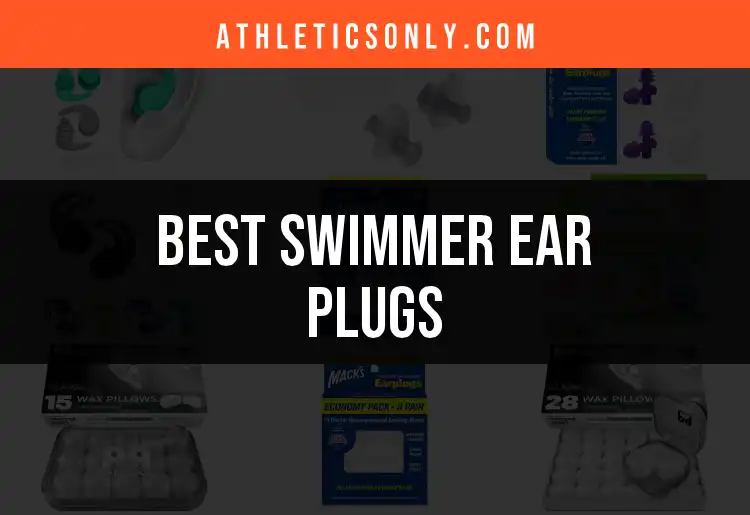Introduction
Protective gear is crucial in ensuring athletes' safety across various sports and recreational activities. Designed to reduce the risk of injury and enhance performance, protective equipment is essential for both amateur and professional athletes. The right gear can significantly impact your ability to participate safely and effectively, making injury prevention an integral part of any sports or physical activity. In this guide, we will explore the many types of protective gear, the importance of using them, and practical advice for choosing the best equipment suited to your needs.
Volleyball Protective Gear
Importance of Knee Pads in Volleyball
In volleyball, players frequently engage in rapid lateral movements, dives, and jumps, leading to a heightened risk of injury, particularly to the knees. Knee injuries, such as patellar tendinitis and ACL tears, can sideline players for extended periods. Knee pads serve as protective cushioning that absorbs the impact from falls and reduces the risk of scrapes and abrasions. Additionally, good knee pads provide support to the joint, promoting better stability when executing quick movements.
When choosing knee pads, several factors must be evaluated to ensure optimal protection:
- Material: Lightweight, breathable fabrics such as spandex or neoprene allow for comfort during intense matches while providing necessary protection. Breathable materials also help regulate temperature and keep the athlete dry.
- Fit: Knee pads should fit securely without being too tight or restricting blood flow. A proper fit ensures they stay in place during play, enhancing player confidence.
- Padding: The density and arrangement of the padding affect the level of protection offered. Softer padding may be more comfortable but might not offer the same level of protection as firmer options.
For comprehensive insights and detailed reviews, explore our recommendations in the article about the Best Volleyball Knee Pad.
Volleyball Knee Pads for Youth
Youth volleyball players are equally susceptible to the risk of knee injuries, making knee pads essential for their safety during practices and matches. Given their developing bodies, young athletes may require knee pads with specific attributes that cater to their needs:
- Size and Fit: It's crucial to find knee pads specifically designed for younger players, as a proper fit ensures adequate protection. Ill-fitting pads can slip or cause discomfort, leading to decreased performance and confidence.
- Durability: Children tend to be tough on gear, participating in various activities that can lead to wear and tear. Selecting knee pads made from durable materials ensures they can withstand extensive use while maintaining their protective qualities.
- Design: Young athletes are often more motivated to wear protective gear that appeals to their sense of style. Bright colors and exciting designs can encourage youth participation and foster a culture of safety.
Learn more about suitable options tailored for young athletes in our review of the Best Volleyball Knee Pads for Youth.
Snowboarding Protective Gear
Importance of Knee Support in Snowboarding
Snowboarding can be thrilling but comes with unique risks, particularly due to the falls that can occur when mastering various maneuvers. Knee injuries such as ligament tears and strains are common among snowboarders, making knee support a critical component of protective gear. Proper knee support not only protects against these injuries but also aids in recovery for those who have previously sustained knee injuries.
Investing in effective knee support carries several important considerations:
- Stability: Knee supports should provide adequate stabilization without completely immobilizing the joint. A support that allows for some mobility enables the rider to perform effectively while offering protection during those inevitable falls.
- Material and Breathability: Selecting a knee support made from flexible, breathable material ensures comfort and prevents overheating. A breathable knee support helps wick away sweat, maintaining temperature regulation, which is vital in cold weather conditions.
For a deeper dive into knee supports suited for snowboarding, check out our detailed guide on Best Knee Support for Snowboarding.
Football Protective Gear
The Role of Facemasks in Football Safety
Football, renowned for its contact nature, poses a myriad of risks, particularly concerning head and facial injuries. Facemasks are vital components of football helmets, designed specifically to absorb impacts and protect players' faces from injuries like concussions and fractures. They provide a first line of defense against direct hits while ensuring that a player maintains a clear line of sight and awareness during gameplay.
When evaluating facemasks, it’s important to consider:
- Material: High-impact polycarbonate is a common choice, as it presents excellent resistance against shattering. A facemask that is both robust and lightweight is essential for player comfort and performance.
- Style: The various styles of facemasks differ in their level of protection and visibility. For instance, a full-cage facemask provides greater protection but may restrict the player’s vision compared to a more open design.
- Visibility: Prioritizing visibility is crucial since an obstructed view can lead to injuries. Players must be able to see their surroundings clearly to avoid collisions and maintain awareness of the game.
Explore our expert recommendations on facemasks in our article discussing the Best Facemasks for Football.
Importance of Mouthguards in Football
Mouthguards are critical safety equipment in football, designed to prevent dental injuries and protect against concussions. They serve as a cushion for the teeth, jaw, and gums during impact, which can reduce the risk of severe injuries and long-term dental issues.
When selecting a mouthguard, consider these features:
- Comfort: A mouthguard should fit snugly and comfortably in the mouth without inducing discomfort or restricting breathing. A properly fitted mouthguard minimizes the chances of it dislodging during play.
- Type: There are various types of mouthguards available—boil-and-bite, custom-fitted, and stock options. Each type offers different levels of protection and convenience, so athletes should choose according to their comfort and budget.
To better understand the importance of mouthguards, especially for youth players, visit our guides on the Best Youth Football Mouthguard and those specifically suited for athletes with braces in Best Football Mouthguards for Braces.
Football Knee Pads
In football, knee pads provide essential protection as players often find themselves in compromising positions during tackles and falls. The right knee pads can substantially reduce the impact on the knees and lower the risk of acute injuries.
When selecting football knee pads, keep these tips in mind:
- Weight and Flexibility: Lightweight pads that offer optimal flexibility allow players to perform their moves without restrictions. Heavy pads may inhibit movement and result in a subpar performance.
- Padding Density: Opt for knee pads with sufficient cushioning, especially those designed to absorb shock upon impact. A balance between padding and mobility will give players the confidence to engage fully in the game.
For the top-rated options, check out our recommendations in the guide about the Best Football Knee Pads.
Holsters and Firearm Safety Gear
Importance of Choosing the Right Holster
For individuals carrying firearms, selecting an appropriate holster is a critical safety measure. The right holster securely holds the firearm while ensuring it remains accessible when needed. An inadequate holster can lead to accidental discharges, posing a risk to the carrier and others.
When looking for a holster, consider:
- Retention Level: A good holster should hold the firearm securely while allowing for a quick draw in high-pressure situations. The retention features can vary, with some focusing on a passive design and others employing active retention to prevent unauthorized access.
- Material: Durable materials like Kydex and leather are commonly used in high-quality holsters. The material impacts not only the durability but also the comfort of carrying the firearm throughout the day.
For insights into selecting the best holster for your Taurus G3C, refer to our article on the Best Holster for Taurus G3C.
Holster for Hellcat with Optic
If you're a gun owner utilizing a Hellcat equipped with optics, it’s critical to find a holster that accommodates this configuration. An appropriate holster ensures safe and easy access to your firearm while taking into account the added bulk of optics.
When choosing a holster for optics, consider:
- Design Adaptations: Holsters must be specifically designed to fit the additional height and width that comes with mounting optics. Incorrect holsters can impede accessibility and functionality.
- Adjustability: Holsters with customizable retention features allow users to optimize the draw and re-holstering process without jeopardizing safety.
You can find detailed reviews of suitable holsters in the article on the Best Holster for Hellcat with Optic.
Drop Leg Holster for Glock 19
For many, a drop leg holster offers an excellent solution for carrying a Glock 19, particularly in tactical settings where mobility is key. These holsters allow a firearm to be carried on the thigh, providing quick access while minimizing encumbrance.
Key features to consider in drop leg holsters include:
- Ease of Access: A drop leg holster should facilitate quick drawing without compromising safety or comfort. The design should take into account natural body movements, allowing for unrestricted activity.
- Stability: An adjustable harness system ensures that the holster remains secure during movement, preventing it from shifting or sliding.
To explore various options available, read our guide on the Best Drop Leg Holster for Glock 19.
Concealed Carry Holster for S&W Bodyguard 380
Selecting a concealed carry holster for the S&W Bodyguard 380 is crucial for ensuring safety and accessibility. The right holster should provide peace of mind while allowing the user to maintain an effective draw when necessary.
When considering concealed carry holsters, pay attention to:
- Concealment: An ideal holster fits snugly against the body, preventing printing—a term used to describe visible outlines of the firearm under clothing. Proper concealment is essential for both personal safety and compliance with conceal carry laws.
- Quick Access: The design should allow for rapid accessibility while maintaining a secure hold on the firearm. Features such as adjustable retention are key to balancing security and ease of draw.
Learn more about the best concealed carry options in our guide on the Best Concealed Carry Holster for S&W Bodyguard 380.
Holster for Ruger EC9S and Beretta APX A1 Full Size
Choosing suitable holsters for the Ruger EC9S or Beretta APX A1 Full Size is instrumental for firearm security and practical use. A good holster protects the firearm while ensuring quick accessibility, fostering confidence in the user's ability to respond effectively.
Key aspects to consider for both models include:
- Fit: Holsters must be tailored to match the specific firearm model for maximum effectiveness. A secure fit prevents the firearm from moving around and allows for smooth drawing.
- Retention Features: A reliable holster should offer secure retention without hampering the user's ability to draw the gun quickly when required.
Delve into further recommendations with our guides on the Best Holster for Ruger EC9S and the Best Holster for Beretta APX A1 Full Size.
Archery Protective Gear
Importance of Arm Guards in Archery
Practicing archery often comes with risks, particularly for novice shooters, who may experience string slap injuries on the forearm. An arm guard serves as a protective barrier, absorbing the impact from the bowstring and preventing painful injuries that may deter continued practice.
When considering arm guards, focus on the following features:
- Comfort: A well-fitting arm guard feels snug without causing discomfort or limiting movement. Materials should conform to the body's shape while allowing freedom of motion.
- Durability: Opt for arm guards made from sturdy materials that can withstand repeated use without deteriorating. Durable arm guards ensure long-term protection for your investment.
To see our evaluations of top-rated arm guards, refer to the guide on the Best Archery Arm Guard.
Eye Protection for Sports
Importance of Eye Protection in Sports
Eye injuries are a significant concern in several sports, as they can lead to long-term vision problems and negatively impact an athlete's performance. Eye protection is essential for shielding players from potential projectiles, collisions, and environmental hazards that may occur during play.
Airsoft Eye Protection
In airsoft, players often engage in high-velocity encounters, putting them at risk for eye injuries from BBs. Wearing proper eye protection is non-negotiable, as it safeguards players from serious injuries while enhancing the gaming experience.
When selecting eye protection for airsoft, consider:
- ANSI Rating: Ensure your eyewear meets the American National Standards Institute (ANSI) safety standards. These ratings help ensure that the glasses can withstand impacts from high-velocity projectiles.
- Clear Vision: Choose goggles that provide a wide field of view without distortion or obstruction. Unobstructed visibility is vital for strategic maneuvers during gameplay.
Explore our expert recommendations in the article on Best Airsoft Eye Protection to find the right gear for your needs.
Snowmobile Goggles
When participating in snow sports like snowmobiling, goggles become indispensable, protecting against harsh weather conditions while enhancing visibility. Protective eyewear guards your eyes from the wind, snow, and debris, ensuring that you can navigate safely.
Key features to consider while selecting snowmobile goggles include:
- Anti-Fog Features: Fogging can severely hinder visibility; seek goggles with anti-fog coatings or ventilation systems that minimize condensation.
- UV Protection: Quality goggles should also offer UV filtration, as prolonged exposure to the sun can damage your eyes, even in cold weather.
For optimal options, visit our guide to the Best Snowmobile Goggles.
Jet Ski Goggles
When riding a jet ski, ensuring that your vision remains clear is paramount, particularly as you're often confronted with high-speed splashes. Appropriate goggles can offer not only visibility but also protection from water and wind exposure.
When choosing jet ski goggles, consider the following:
- Water Resistance: Look for goggles that are designed to keep water out, providing clear vision during fast rides. Features that create a snug seal around the eyes are essential.
- Comfort Fit: Ensure that goggles sit comfortably without any gaps or pressure points. Discomfort can be a significant distraction while navigating rough waters.
For the best eyewear tailored for jet skiers, refer to our recommendations in the article on the Best Jet Ski Goggles.
Specialized Protective Gear
Firefighter Helmet Cameras
For firefighters, using helmet cameras can vastly improve safety and training. These devices not only capture critical incidents for documentation but also enhance situational awareness during firefighting operations.
When selecting a helmet camera, consider aspects such as:
- Durability: Cameras should be designed to withstand extreme temperatures and impacts commonly encountered in firefighting environments.
- Video Quality: High-resolution recording is essential for accurate documentation, allowing for better post-incident analysis and training.
Learn more about the leading options available in our review of the Best Firefighter Helmet Camera.
Knee Brace for Brazilian Jiu-Jitsu (BJJ)
In the dynamic and sometimes unpredictable environment of Brazilian Jiu-Jitsu, protecting the knees is vital due to the nature of joint locks and ground techniques. A properly fitted knee brace can offer essential support and cushioning for this high-intensity activity.
Key considerations for selecting a knee brace for BJJ include:
- Range of Motion: A brace should allow adequate mobility to execute techniques while providing the support needed to mitigate the risk of injuries. Avoid overly restrictive braces that hinder movement.
- Comfort and Breathability: Look for knee braces constructed from materials that allow airflow to keep athletes cool during rigorous training sessions.
Discover more insights into the best knee braces for your martial arts practice in our guide on the Best Knee Brace for BJJ.
Conclusion
In sum, prioritizing safety through the use of appropriate protective gear is essential for anyone engaged in sports or physical activities. The right equipment minimizes the risk of injury while enhancing performance and boosting athletes' confidence in their ability to participate. From volleyball to snowboarding, football, and archery, understanding the intricacies of each type of protective gear will assist you in making informed decisions that promote safety and efficiency in your chosen sport.
Additional Resources
Should you wish to delve deeper into the world of protective gear, our extensive suite of articles and guides is designed to help athletes of all levels select the right equipment tailored to their specific needs. Empower yourself to play safe and play strong by staying informed and engaged in your safety and well-being!

